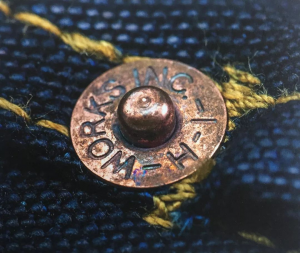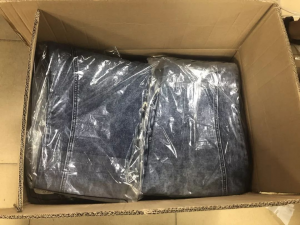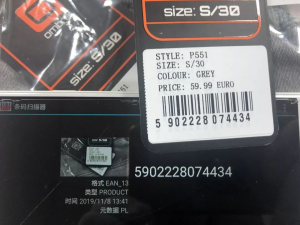Denim clothing has always been at the forefront of fashion due to its youthful and energetic image, as well as its personalized and benchmarking category characteristics, and has gradually become a popular lifestyle around the world.
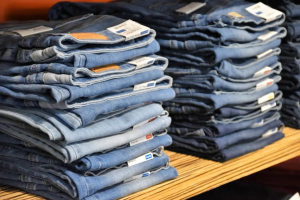
Data surveys show that up to 50% of people in Europe wear jeans in public, and the number in the Netherlands has reached 58%. The denim culture in the United States is deeply rooted, and the number of denim products has almost reached 5-10 pieces, or even more. In China, denim clothing is also very popular, and there are countless denim brands in shopping malls and streets. China's Pearl River Delta region is a world-famous "denim industry" base.
Denim fabric
Denim, or Denim, is transliterated as tanning. Cotton is the basis of denim, and there are also interwoven cotton-polyester, cotton-linen, cotton-wool, etc., and elastic spandex is added to make it more comfortable and close-fitting.
Denim fabrics mostly appear in woven form. In recent years, knitted denim fabric has been used more and more. It has stronger elasticity and comfort and is widely used in children's denim clothing design.
Denim is a special fabric born in traditional fashion. After industrial washing and finishing technology, the traditional twill cotton fabric has a natural aging appearance, and various washing methods are used to achieve personalized design effects.
The production and types of denim clothing
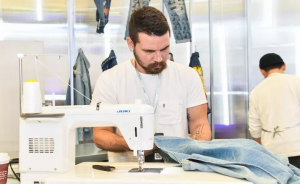
The production of denim clothing adopts the best flow process, and a variety of production equipment and operating workers are intensively integrated in one production line. The entire manufacturing process includes the design of styles, specifications and production processes, as well as material inspection, layout, and skinning. , cutting, sewing, washing, ironing, drying and shaping and other production processes.
Denim clothing types:
According to the style, it can be divided into denim shorts, denim skirts, denim jackets, denim shirts, denim vests, denim culottes and dresses for men, women and children.
According to water washing, there are general washing, blue grain washing, snowflake washing (double snowflake washing), stone washing (divided into light and heavy grinding), stone rinse, rinse (divided into light and heavy bleaching), enzyme, stone enzyme, stone enzyme rinse, and overdying. Wash etc.
Key points for inspecting denim clothing
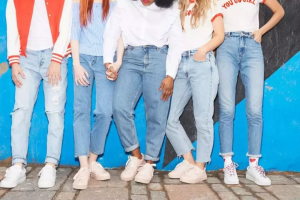
Style check
The shape of the shirt has bright lines, the collar is flat, the lap and collar are round and smooth, and the bottom edge of the toe is straight; the trousers have smooth lines, the trouser legs are straight, and the front and back waves are smooth and straight.
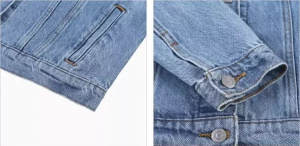
Fabric appearance
Focus: Fabric Appearance
Attention to detail
Roving, running yarn, damage, dark and horizontal color difference, washing marks, uneven washing, white and yellow spots, and stains.
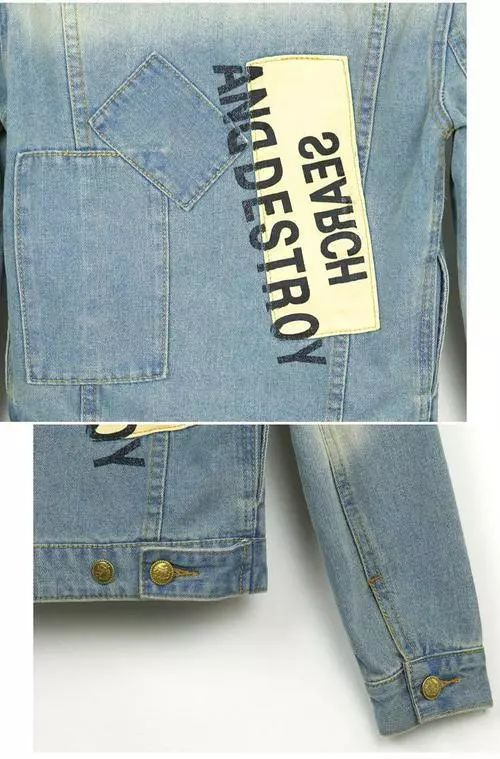
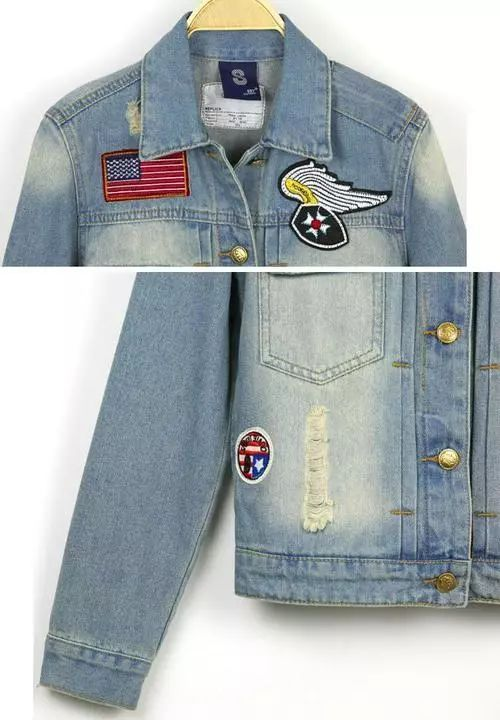
Symmetry test
Focus: Symmetry
Consistency check
Key points for symmetry inspection of denim tops:
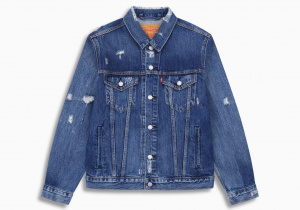
The size of the left and right collars, the collar, the ribs, and the sleeves should be aligned;
The length of the two sleeves, the size of the two sleeves, the length of the sleeve fork, the width of the sleeve;
Bag cover, bag opening size, height, distance, bone height, left and right bone breaking positions;
The length of the fly and the degree of swing;
The width of the two arms and the two circles;
Key points for symmetry inspection of jeans:
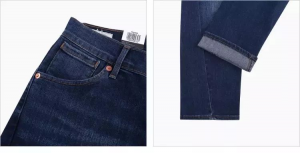
The length and width of the two trouser legs, the size of the toes, three pairs of waistbands, and four pairs of side bones;
Front, back, left, right and height of the spleen bag;
Ear position and length;
Workmanship inspection
Focus: workmanship
Multi-dimensional inspection and verification
The bottom thread of each part should be firm, and there should be no jumpers, broken threads, or floating threads. The splice threads should not be in conspicuous parts, and the stitch length should not be too sparse or too dense.
Key points for workmanship inspection of denim jackets:
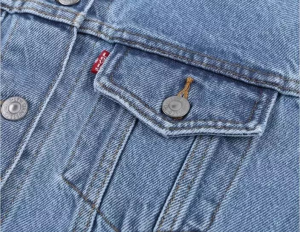
The sewing gestures should be even to avoid wrinkles on the hanging strips. Pay attention to the following parts: collar, placket, sleeve forks, clip rings, and pocket openings;
The length of the placket should be consistent;
The collar surface and bag surface should be smooth and not warped;
Whether the five-thread stitching of each part meets the requirements and whether the sling is firm.
Key points for jeans workmanship inspection:
The gestures for putting on the trousers should be even to avoid gaps;
The zipper should not be wrinkled, and the buttons should be flat;
The ears should not be crooked, the stop should be cut clean, and the ears and feet should be tucked into the trousers;
The wave cross position must be aligned, and the operation must be clean and hairless;
The mouth of the bag should be horizontal and should not be exposed. The mouth of the bag should be straight;
The positioning of phoenix eye should be accurate and the operation should be clean and hairless;
The length and length of jujube must meet the requirements.
tail test
Focus: Ironing and washing effect
Check carefully for traces
All parts should be ironed smoothly, without yellowing, water stains, stains or discoloration;
Threads in all parts must be thoroughly removed;
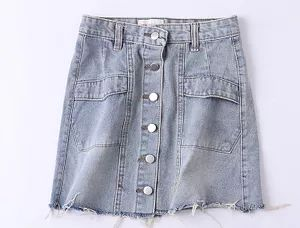
Excellent washing effect, bright colors, soft hand feel, no yellow spots or watermarks.
Focus: Materials
Firmness, location, etc.
Marks, leather label position and sewing effect, whether the labeling is correct and whether there are any omissions, the texture of the plastic bag, needle, and carton;
The racquet button bumping nails must be firm and cannot fall off;
Follow the bill of materials instructions closely and pay attention to the rust effect.
Packaging method, outer box, etc.
The garments are folded neatly and smoothly, strictly following the packaging instructions.
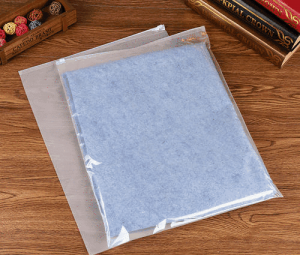
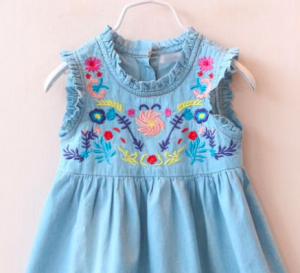
Focus: embroidery
Color, location, workmanship, etc.
Whether the color, material and specifications of embroidery needles, sequins, beads and other accessories are correct, and whether there are discolored, variegated and deformed sequins and beads;
Whether the embroidery position is correct, whether the left and right are symmetrical, and whether the density is even;
Whether the beads and jewelry nail threads are firm, and the connection thread cannot be too long (no more than 1.5cm/needle);
Embroidered fabrics must not have wrinkles or blisters;
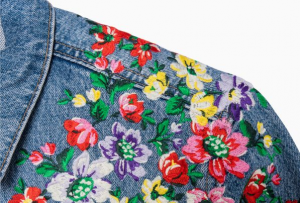
The embroidery cutting pieces should be clean and tidy, with no powder marks, handwriting, oil stains, etc., and the thread ends should be clean.
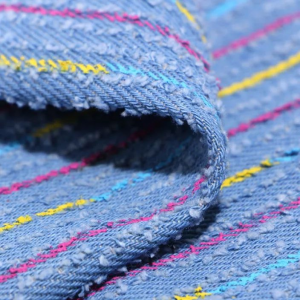
Focus: Printing
Firmness, location, etc.
Whether the position is correct, whether the flower position is correct, whether there are any errors or omissions, and whether the color is standard;
The lines should be smooth, neat and clear, the alignment should be accurate, and the slurry should be of moderate thickness;
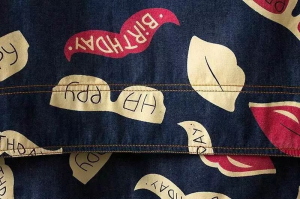
There should be no color flicking, degumming, staining, or reverse bottoming;
It should not feel too hard or sticky.
Focus: functional testing
Size, barcode, etc.
In addition to the above detection points, detailed functional testing of the following content is required:
Dimensional inspection;
Barcode scanning test;
Container regulation and weight inspection;
Drop box test;
Color fastness test;
Resilience testing;
Packing ratio;
logo test
Needle detection test;
Other tests.
Post time: Jan-19-2024






